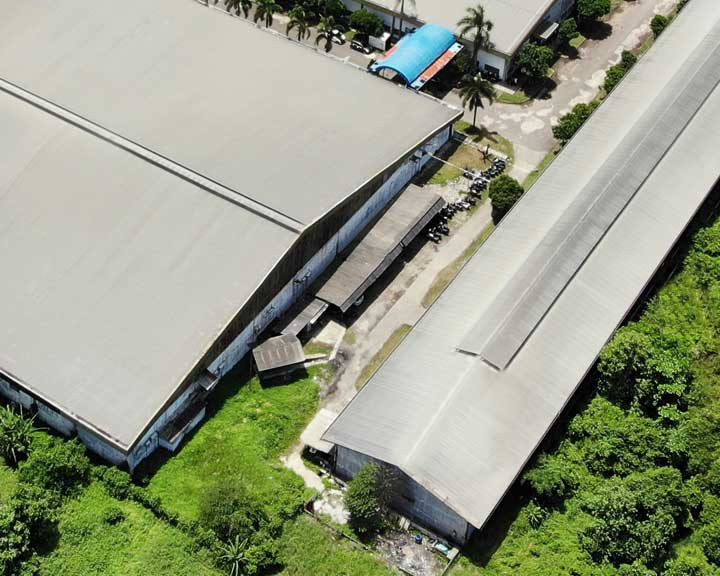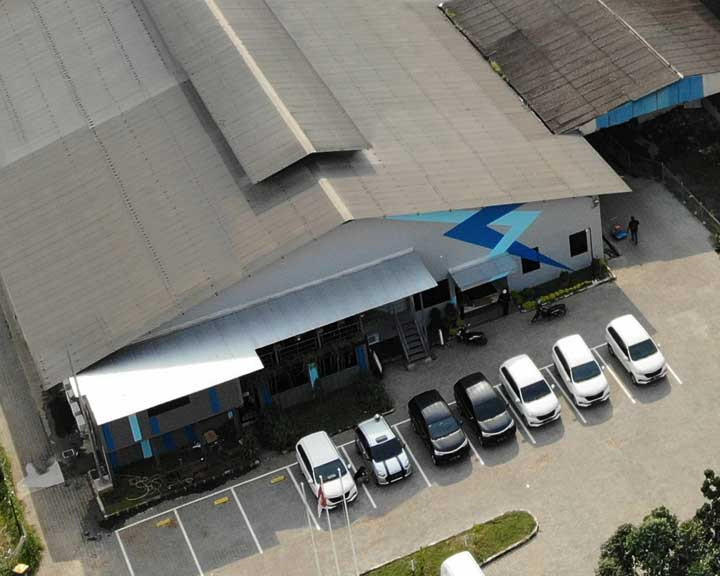Home / Article / What Actually Happens When We Send Items? Here Are The 5 Stages

What Actually Happens When We Send Items? Here Are The 5 Stages
Surely we have bought goods at an online or e-commerce store? Or have we also sent goods to friends and relatives using goods delivery companies such as JNE, J&T, TIKI, and others? In the past, we could only send documents and money by post. But now, developments in the world of freight logistics are already very big, so we can send goods from small to large ones, little to a lot, wherever we want.
But, have we ever been curious about how this freight forwarder works? What are the processes that occur from the hands of the sender up to the receiving hand? So as not to be curious, let’s take a look at what happens in the process of sending this item.
From the Hand of the Sender
The first process is the first one that initializes all existing processes in the process of sending goods. If this process doesn’t exist, then no other ones are required. Of course, this one is a request process from the sender. Of course, there are various types of ‘changing hands’ that occur from the sender to the logistics company. If we want to send goods to our friends or relatives, usually we will go to the logistics company branch office with goods and information on recipient data.
Another example occurs when we shop at e-commerce or specialty online stores which has a special relationship with logistics companies. Usually, large logistics companies pick up goods directly from the product provider company that will send them to customers. Wholesale companies have been doing this for a long time. This system is possible because large wholesale and e-commerce companies such as Amazon, can send thousands and even millions of goods and packages every day, that would be more efficient if the packages were picked up directly by the logistics company.
Branch Office to Head Office
This process only occurs in small-scale logistics delivery processes. In other words, this process doesn’t occur with large scale shipments that large e-commerce or wholesale companies do.
A branch office is an office that only takes care of shipping goods or packages and does not accept goods from other types of offices as head offices and hub offices do. Its function is only to connect the hands of those who send small parties up to the central warehouse office or logistics company liaison office.
Branch offices are usually widely spread in various sub-areas in big cities and relatively easy to find even in smaller areas. Sometimes every 1-2 km we can find a branch office. This is by its function to reach and make it easier for senders who are widespread.
At branch offices, goods and packages are collected and sometimes sorted to be given to the head office in charge of a larger area.
Sorting at Head Office and Delivery to Hub Office
The central office or warehouse is a place that is used as a checkpoint for a package or item. If the item is a wholesaler, couriers will place the goods collected from the sender directly to this head office. Branch offices also store small party shipments with a large number at the head office.
Usually, a logistics company will have a head office that operates for a city.
At this office, all items will be sorted for further delivery to the hub office. For efficiency, some logistics companies can also send goods from head offices to other headquarters if deemed necessary to go through the hub office. However, for goods and packages sent for quite a long distance will be sent in advance to the hub office. Delivery will usually be made by a container truck in large quantities. However, for goods and packages sent quite a long distance will be sent in advance to the hub office. Deliveries will usually be made by container trucks in large quantities.
Apart from receiving logistics from wholesale couriers and branch offices then sending it to hub offices, on the other side, the head office also receives logistics from the hub office to then give it to the courier to be delivered to the recipient’s address. We’ll go into more detail later.
Sorting and Shipping at the Hub Office
The hub office is the logistics company office warehouse that takes care of shipping goods at the highest level. Usually, this office is at the provincial level, it may even be possible for a hub office to operate for several provinces. At this place, the goods from the head office are sorted back according to the delivery destination address. At the most layman level, sorting will be based on sea, land, or air routes. If the items have been sorted, goods will be sent by the hub office on the receiving side. Of course, the delivery of goods will use a car/truck for land routes, ships for sea routes, and planes for airlines. Large companies such as FedEx, DHL, UPS have started to switch to not using sea routes because it is considered too long and inefficient. They even built a hub office near the airport and also have their fleet of aircraft to simplify and increase the efficiency of long-distance delivery.
When goods are shipped by the hub office on the sender’s side and have arrived at the hub office on the receiving side, items will soon be re-sorted for distribution to a head office that is more suitable and closer to the recipient’s address.
Head Office and Delivery to Recipient’s Address
If the goods have arrived at the hub office at the receiving side, this office will do the final sorting which will determine the appropriate courier selection. For goods with wholesales, logistics goods and packages will then be sent to the courier by truck or container to be sent to the recipient’s address. For small quantity goods or private delivery will be provided by courier by the existing delivery area and has been agreed upon by the courier and logistics company. Sometimes delivery will use cars, motorbikes, and bicycles until the goods or packages arrive in the hands of the recipients. This is what is commonly referred to as “Last-mile” in the delivery process.
It is at this stage that the largest costs incurred for most of the freight logistics companies. Starting from the cost of fuel, courier costs to damage to goods which usually often happen in this process. Logistics companies also continue to experiment and change this link, to make the system more efficient and cost-effective. It is in this sector that many companies and start-ups have made breakthroughs or innovations that we should look forward to.
[Do you want to know about innovations in logistics? Read this article]
Wow! Turns out that the journey for our shipments is so long. Amazingly, many logistics companies can do these things which even took only one day. This is all thanks to product development in the logistics business that makes it easier and faster now in delivering goods. Indeed, not all of the above systems are always used. The description above is an overview of the journey of an item through a logistical expedition. The logistics company will change by the needs of the times and continue to make the system more efficient. Now we know how our shipment can reach the recipient’s hands. C’mon! Send more!
by Admin
07 September 2020
Bagikan artikel via :
Latest News
What Actually Happens When We Send Items? Here Are The 5 Stages
The 5 Cool Futuristic Delivery Innovations That You Can See Today
